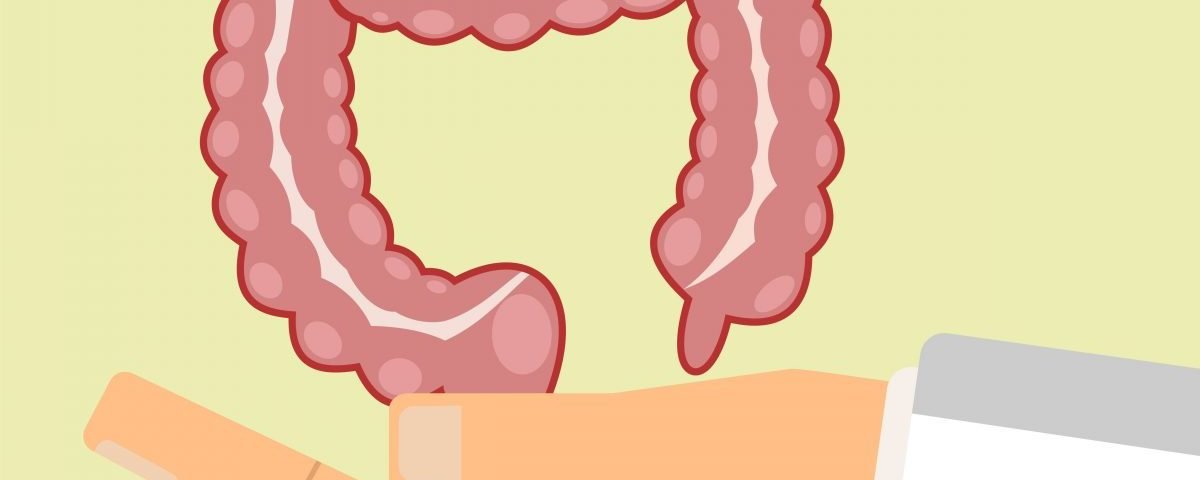While regular colonoscopy remains the gold standard in preventing colorectal cancer, the understanding of how this cancer and the polyps that come before it develop is changing rapidly.
Joel Levine, co-founding director of the University of Connecticut’s Colon Cancer Prevention Program in Farmington, Conn., discussed the importance of colonoscopy as a starting point to prevent this highly prevalent cancer.
Colonoscopy is the endoscopic examination of the large bowel and a part of the small bowel with a camera on a flexible tube passed through the anus. It can provide a visual diagnosis and grants the opportunity for biopsy or removal of suspected colorectal cancer lesions. Colonoscopy can remove polyps as small as one millimeter or less. Once polyps are removed, they can be studied under a microscope to determine if they are precancerous or not.
The prevention program offered at UConn combines colonoscopy with an ultrasensitive blood stool test and a focus on modifiable risk factors like insulin resistance, inflammation or changes in the gut microbiome.

Levine points to the importance of cellular inflammation — often is a sign of a change in the bacteria in the colon.
“If there’s a lot of inflammatory signaling, sooner or later there’s damage to genes, to DNA, to other elements in the cell,” Levine said in a press release. “There are greater numbers of mutations, and sooner or later those mutations take hold and colon polyps develop, with their own natural history.”
Colonoscopy identifies most polyps. However, a recognition of inflammation and bacterial changes can be a warning sign for colorectal cancer even before the polyps form.
At UConn’s prevention program, clinicians are aware of the relationship between lifestyle habits and changes in insulin biology, which can affect a patient’s chance of developing colon cancer. Clinicians at the center usually use an imaging device to measure liver fat to see who is at risk of developing colon polyps.
“Our Colon Cancer Prevention Program is designed to identify risk, and modulate risk,” Levine said. “The first colonoscopy tells you how that risk is being expressed. And the more we know about the biology of the colon and the biology of polyp and cancer formation, the more we can interdict the process.”
Levine underscores that while the colonoscopy is important, lowering patients’ risk profile between colonoscopies is also key to prevention.
“People are so invested in this program,” he said. “It really is a model in service and detail. Rather than sitting in an exam room, wearing a johnny, uncomfortable and in a hurry to leave, the patients sit here in my office. They become integrated in what we do. They become very fastidious and very loyal. We explain it, and they go back and they say, ‘Wow, this is old-fashioned medicine in a new-fashioned way.’ And it works. Everybody gets with the program.”
To evaluate patients’ changes at the molecular level in between colonoscopies, clinicians are using a new version of the fecal immunochemical test (FIT), a screening test for colon cancer that tests for hidden blood in the stool, which can be an early sign of cancer.
“We follow this not just as a screening test for colon cancer, but as an interval test in the years between colonoscopies to try to identify earlier when polyps may reappear,” he said. “The reason this is so important is that the alternate pathway – not the adenoma pathway which we thought was the only one in the past – doesn’t always obey the rules with regard to how fast polyps will appear. What the risk factors are in a given polyp may suggest that there is a higher risk for malignant transformation.”


